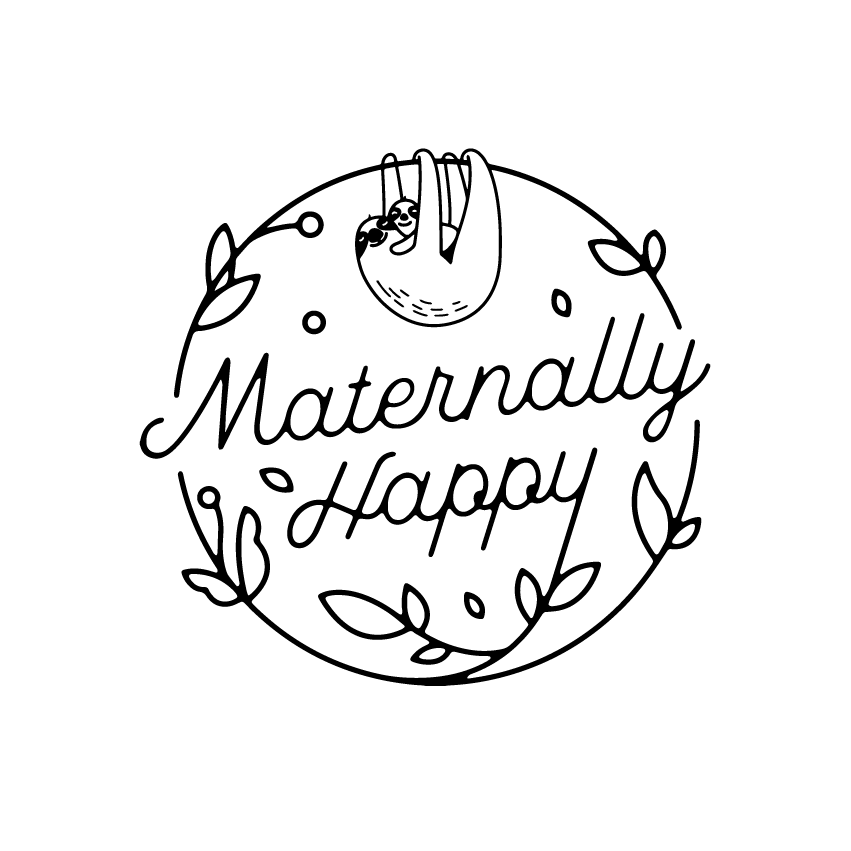



Article: Baby Products & Allergens: How to Spot Nut Oils and Keep Your Infant Safe

Introduction
Allergies in babies are on the rise, and parents are becoming more cautious about what they expose their infants to - especially when introducing solid foods. But food isn’t the only concern. Many parents don’t realise that allergens like nut oils can be hidden in everyday baby products such as lotions, creams, and shampoos.
While there’s growing awareness about avoiding harsh chemicals in baby skincare, common food allergens in these products often go unnoticed. This article explores how nut oils in baby products may affect allergy risk, why topical exposure can matter, and practical tips to keep your baby safe.
Allergic Disorders & Infants
The incidence of allergic diseases has nearly doubled in Western countries over the past 25 years. In Australia and New Zealand, up to 40% of children are affected by an allergic disorder at some point, and 20% are currently experiencing symptoms.
Common allergic conditions in children include:
While genes play a role, environmental changes and early allergen exposure, including via skin contact with nut oils, may influence the development of allergies.
Nut Oils in Baby Products
Nut-derived oils like almond oil, shea butter, macadamia oil, and peanut oil are sometimes added to baby moisturisers and balms for their nourishing properties. For most children, they’re harmless, but in babies at high risk of allergies, topical exposure before oral introduction may increase sensitisation risk.
Nut-derived oils like almond oil, shea butter, macadamia oil, and peanut oil are sometimes added to baby moisturisers and balms for their nourishing properties. For most children, they’re harmless, but in babies at high risk of allergies, topical exposure before oral introduction may increase sensitisation risk.
How to spot nut oils on labels:
Starting Solids Safely
Introducing allergenic foods like peanut, egg, and dairy orally at the right developmental stage can actually help reduce allergy risk. The timing matters - if babies are exposed to allergens on their skin before they have eaten them, the immune system may be more likely to react.
Tips for introducing allergenic foods:
Key Takeaways for Parents
Consult a paediatrician or allergy specialist if you have concerns about allergy prevention.
References:
About the Author
Caitlin Gilmore: Nurse, Midwife & Nutrition Consultant

Caitlin is the founder of Maternally Happy, an Australian wellness brand specialising in bioavailable supplements, prenatal vitamins, and evidence-based resources designed to support women from preconception through postpartum.
With qualifications as a Nurse, Midwife, and Nutrition Consultant, Caitlin combines over a decade of clinical experience with nutritional expertise to deliver trustworthy, research-backed advice. Her writing focuses on fertility, pregnancy, postpartum recovery, and hormonal health - helping women cut through the confusion with practical, evidence-based information.
When she’s not formulating practitioner grade supplements or supporting her community, you’ll find her enjoying a chai latte, hiking in nature, or spending time with her family, friends, and two border collies.